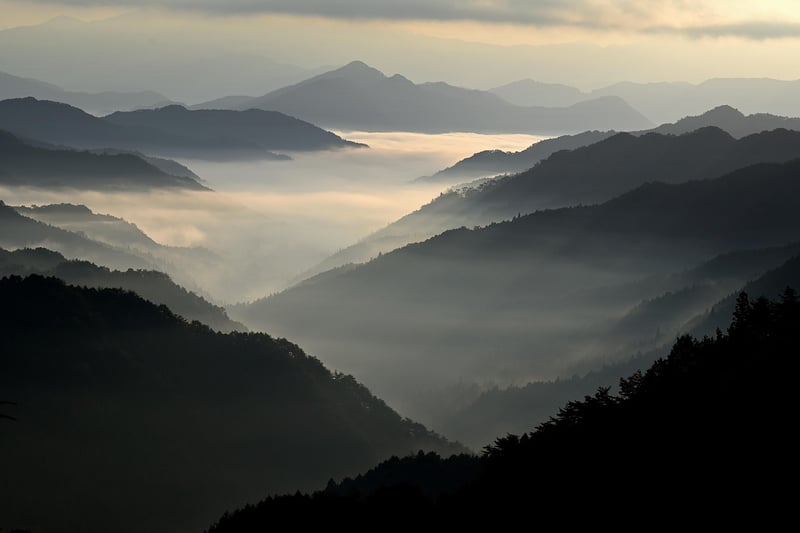Nebulae Exploration
The Wonders of Nebulae: A Journey to the Stars
Embark on a celestial adventure into the mesmerizing world of nebulae, the colorful clouds of gas and dust scattered throughout the universe. Nebulae are vast cosmic structures that serve as the birthplace for stars and planets, offering a glimpse into the intricate beauty of the cosmos.
Types of Nebulae
There are several types of nebulae, each with its unique characteristics:
- HII Regions: These are emission nebulae composed of ionized hydrogen gas, often associated with regions of star formation.
- Planetary Nebulae: The glowing shells of gas ejected by aging stars, showcasing intricate patterns and colors.
- Supernova Remnants: Nebulae formed from the remnants of massive stellar explosions, such as the famous Crab Nebula.
- Dark Nebulae: Dense clouds of dust that obscure the light from objects behind them, creating captivating silhouettes against the cosmos.
Exploring Nebulae
Thanks to advancements in technology, astronomers can capture stunning images of nebulae, revealing their intricate details and vibrant hues. These images provide valuable insights into the processes shaping our universe and ignite a sense of wonder and curiosity.
One of the most iconic nebulae is the Orion Nebula, a stellar nursery located in the sword of the Orion constellation. Its radiant colors and intricate tendrils of gas and dust make it a favorite among stargazers and astronomers alike.

Another captivating nebula is the Carina Nebula, a region of massive star formation located in the Carina constellation. Its dynamic structures and intense stellar activity make it a prime target for scientific study and cosmic exploration.

As we continue to unravel the mysteries of the universe, nebulae stand as testaments to the awe-inspiring beauty and complexity of space. Their ethereal glow and intricate patterns serve as reminders of the boundless wonders that await us in the vast expanse of the cosmos.
